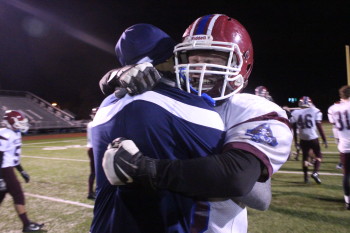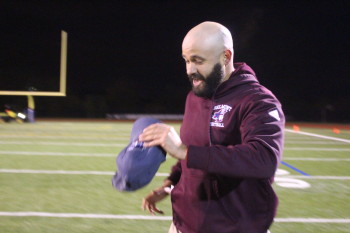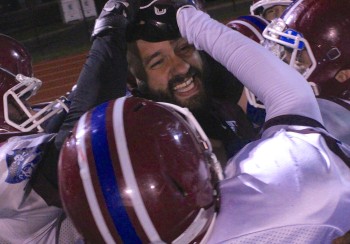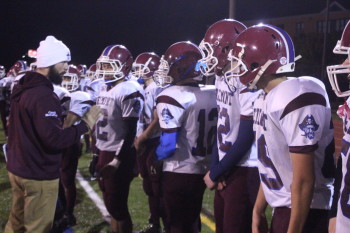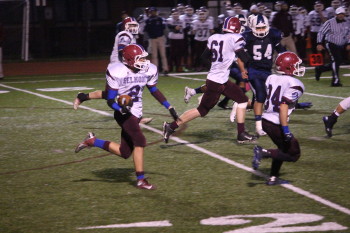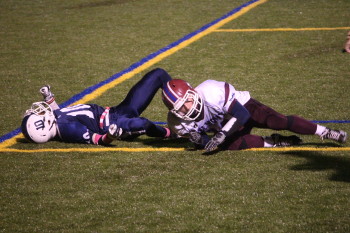It’s fairly simple: turn your watches and clocks back one hour before you go to sleep tonight as Daylight Savings Time ends early tomorrow morning, Sunday, Nov. 2.
If you want to do it properly, stay up until 2 a.m. when DST officials ends and clocks are pushed backward one hour to 1 a.m. local standard time.
For most younger residents, smart phones and computers have been programed for the change. But if you grew up in a jewelers or watch repair family (me), changing hundred of clocks and watches was something of a drudgery.
Here’s a little history of Daylight Saving Time from the The Old Farmer’s Almanac:
Credit for Daylight Saving Time belongs to Benjamin Franklin, who first suggested the idea in 1784. The idea was revived in 1907, when William Willett, an Englishman, proposed a similar system in the pamphlet The Waste of Daylight.
The Germans were the first to officially adopt the light-extending system in 1915 as a fuel-saving measure during World War I. The British switched one year later, and the United States followed in 1918, when Congress passed the Standard Time Act, which established our time zones. This experiment lasted only until 1920, when the law was repealed due to opposition from dairy farmers (cows don’t pay attention to clocks).
During World War II, Daylight Saving Time was imposed once again (this time year-round) to save fuel. Since then, Daylight Saving Time has been used on and off, with different start and end dates. Currently, Daylight Saving Time begins at 2 a.m. on the second Sunday of March and ends at 2 a.m. on the first Sunday in November.








